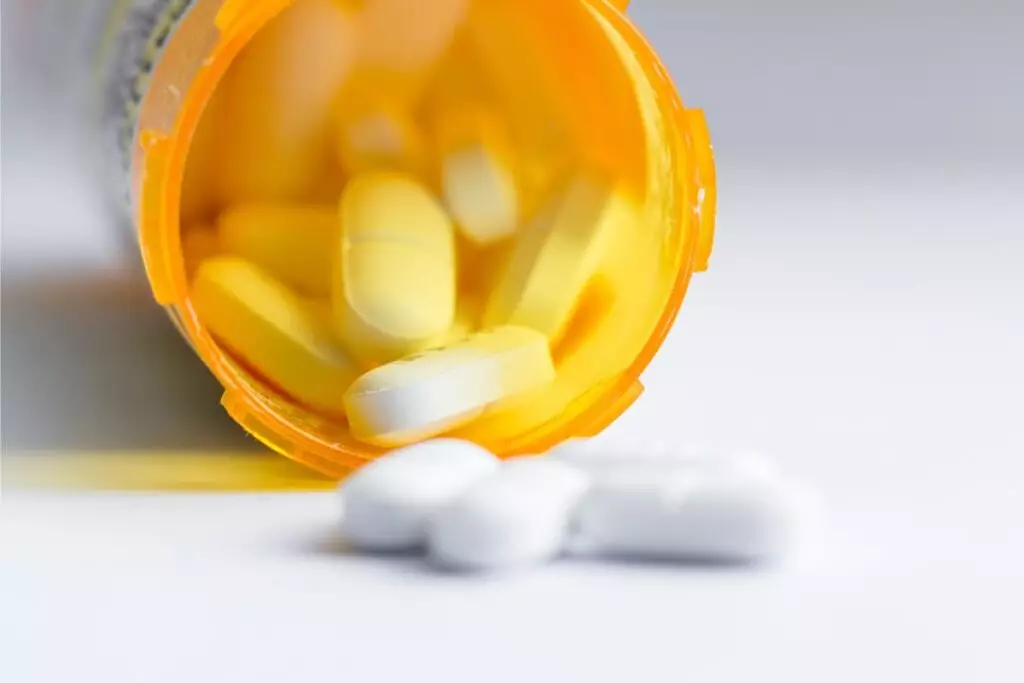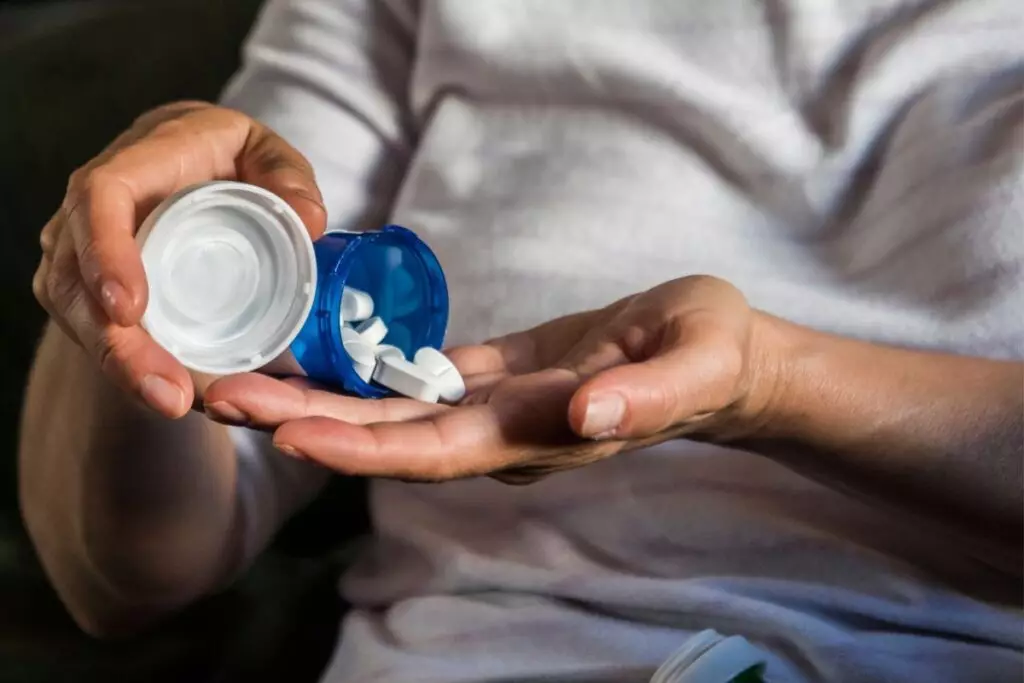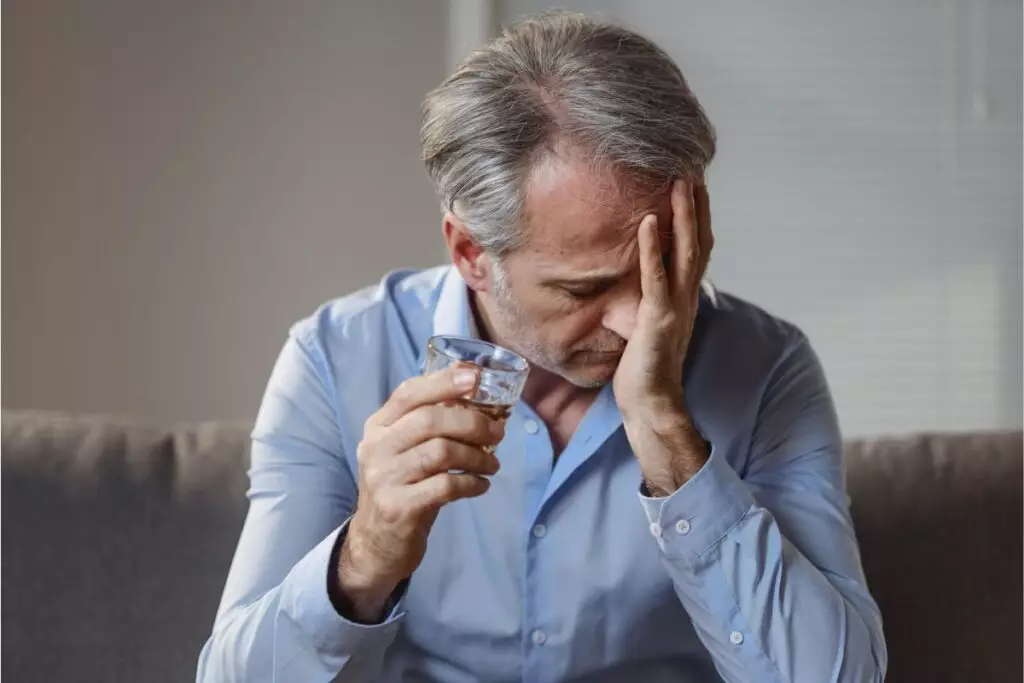Codeine Addiction Treatment
Codeine is a widely used prescription opioid medication found in many painkillers and cough or cold medicines. Codeine is derived from morphine and has many of the same side effects. Like other prescription opioids, long-term codeine abuse can lead to dependence and addiction, but effective treatment can help individuals enjoy a sober life once again.


When is Codeine Used?
Medicinally, codeine may be prescribed by physicians to manage pain or treat the symptoms of a cough and cold. However, codeine is an opioid that produces euphoria when it is abused, so it is often used recreationally.
While codeine is available in pill form, cough syrup consumption is more common. In fact, there is a popular trend involving mixing promethazine-codeine cough syrup with soft drinks, alcohol, and candy. Known as “Purple Drank,” this substance increases the effects of codeine and can cause serious short and long-term side effects ranging from addiction to overdose.
Understanding Codeine Addiction
Taking codeine even one time can adversely affect the brain. The sense of euphoria produced by codeine abuse can be highly reinforcing, encouraging individuals to abuse it regularly.
Taken over time, the body will learn to function with it in the system and adapt to the regular presence of codeine. This adaptation can lead to tolerance, meaning that higher doses of codeine are required to achieve the same initial effects. As a result, individuals may find themselves escalating their codeine consumption, inadvertently increasing the risk of addiction.
Trying to quit consuming codeine after long-term use will likely lead to withdrawal symptoms. When this happens, many users resort to using the drug again to avoid discomfort. Common withdrawal symptoms from codeine include nausea, muscle pain, anxiety, and insomnia, among others.
Codeine addiction is not a matter of choice– there are several factors that can increase the risk of addiction. Some of these contributing factors include:
- Mental health conditions
- Genetic predisposition
- Environmental influences
- Personality traits
- Early exposure to substance abuse

Short-Term Side Effects of Codeine
Immediately after consumption, codeine can cause unpleasant side effects. Users typically feel woozy and drowsy. It may be hard to walk or stand up without falling over. Blurred vision and slurred speech might also be noticeable right away.
- Nausea
- Vomiting
- Dizziness
- Drowsiness
- Constipation
- Dry mouth
- Sweating
- Itching
- Lightheadedness
- Blurred vision
- Stomach pain
- Loss of appetite
- Headache
- Mood changes
- Difficulty urinating
Long-Term Side Effects of Codeine
Over time, even more side effects can appear. Gastrointestinal discomfort is likely, with both nausea and constipation becoming severe problems. Hallucinations, seizures, and difficulty urinating are also possible after long-term use.
Codeine use could also lead to negative psychological states and mental health issues. For example, users may experience depression, anxiety, or violent behavior. Fortunately, these conditions will often disappear once drug use stops and recovery begins.

Signs of Codeine Addiction
Spotting a codeine addiction isn’t always easy. However, several signs or symptoms can indicate a problem.
Complaints of chronic constipation may be a sign of abuse or addiction. Lots of empty cold medicine bottles may also point to excessive consumption. Drunk behavior—even with no alcohol present—might also be a warning sign.

Other signs of codeine addiction include:
- Needing higher doses of codeine over time to achieve the same effects
- Experiencing discomfort, cravings, or anxiety when attempting to stop using codeine
- Inability to control or reduce codeine use despite wanting to quit or cut down
- Spending a significant amount of time obtaining, using, or recovering from the effects of codeine
- Failing to fulfill obligations at work, school, or home due to codeine use
- Withdrawal from social activities and relationships to engage in codeine use
- Using codeine even when it leads to physical, psychological, or social problems
- Giving up previously enjoyed activities and interests in favor of codeine use
- Hiding codeine use from friends and family or being secretive about drug-related activities
- Involvement in legal issues related to codeine use, such as arrests for drug-related offenses
- A decline in personal grooming and hygiene habits
- Engaging in risky activities under the influence of codeine
Seeking professional help and support is crucial for individuals facing codeine addiction to achieve recovery and improve their overall well-being.
Codeine Addiction Treatment in Pompano Beach, FL
At 1st Step Behavioral Health, we understand that each person is unique and has their own needs when it comes to treatment and recovery. As a result, we use an individualized approach, and addiction treatment looks different for each client. However, treatment for codeine addiction typically starts with detox.
Although codeine withdrawal is not life-threatening, it can be incredibly painful and difficult to complete, so it’s always best to detox under medical supervision. Our state-of-the-art detox facility offers a secure environment, 24-hour medical and psychological support, healthy meals, and medically assisted treatment. With around-the-clock monitoring and care, clients are kept safe and comfortable throughout the detox process.
After detox, clients usually transition to our inpatient or partial hospitalization programs in Pompano Beach, FL where they receive individually tailored care and evidence-based treatment services. Treatment involves:
- Individual talk therapy
- Family therapy
- Group therapy
- Dual diagnosis treatment
- Medical professionals on staff
- Relapse prevention treatment
- Aftercare support services
- Holistic therapies and life skills training
Take the First Step Today
Codeine addiction is a challenge, but recovery is possible. At 1st Step Behavioral Health in Pompano Beach, Florida, we provide resources and compassionate support to help you experience a new beginning. Take the first step to change. Call or text us today at (855) 425-4846.
